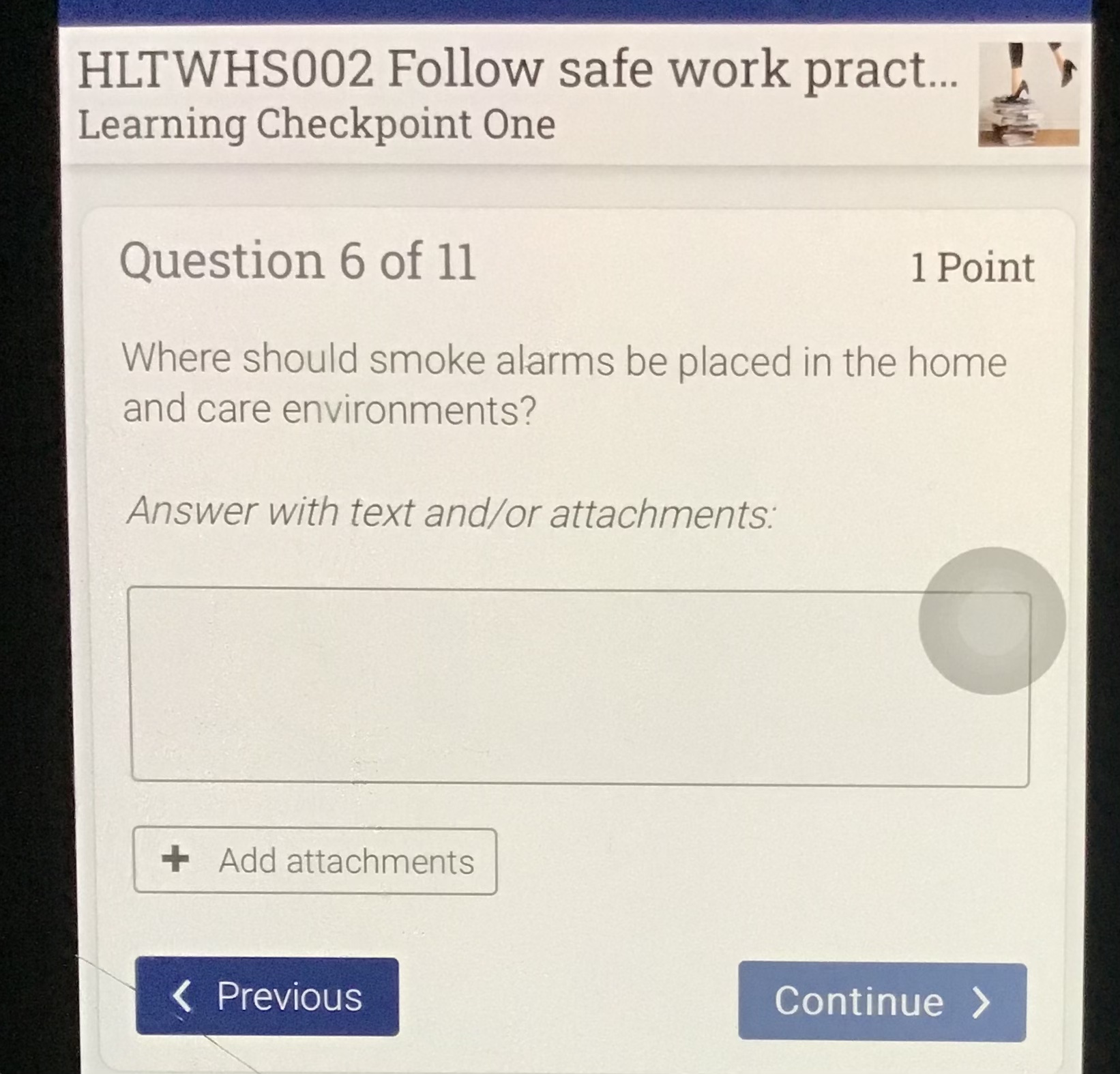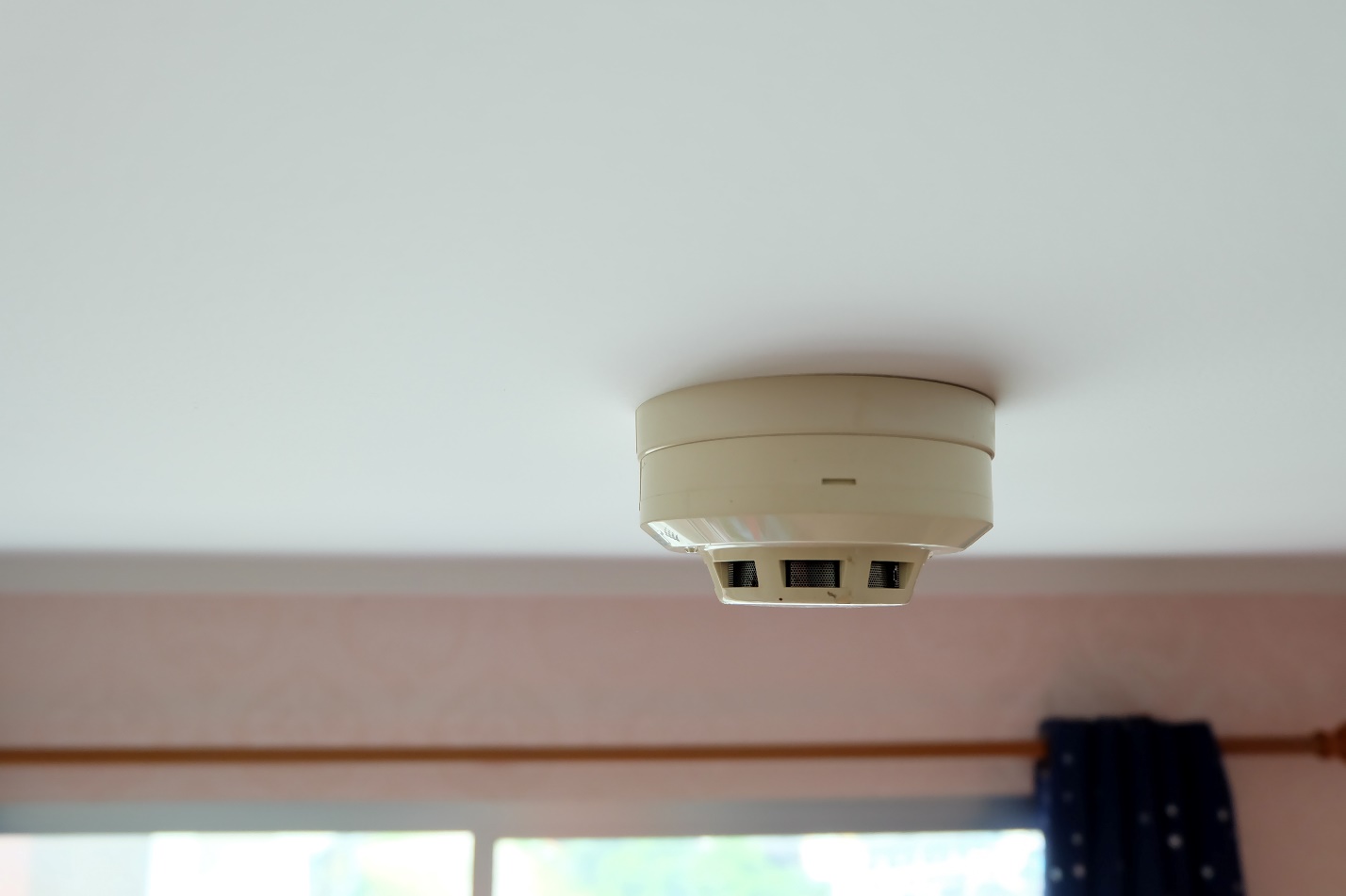Understanding Smoke Alarm Placement for Optimal Safety

In the unfortunate event of a fire, every second counts. Properly placed smoke alarms can be the difference between life and death, especially when it comes to bedrooms. These vital devices provide an early warning system, giving residents precious time to escape safely. The location of your smoke alarms is crucial, ensuring that everyone in the home, particularly those sleeping, is alerted to the danger promptly.
Smoke Alarm Placement in Bedrooms: National Fire Protection Association (NFPA) Recommendations, Smoke alarm distance from bedroom door
The National Fire Protection Association (NFPA) provides comprehensive guidelines for smoke alarm installation to maximize safety. The NFPA emphasizes the critical role of smoke alarms in bedrooms, as these are often the origin points for fires and pose the highest risk to occupants.
- Install at least one smoke alarm inside each bedroom. The alarm should be placed on the ceiling, ideally in the center of the room. If installing on a wall, it should be mounted high on the wall, no more than 12 inches from the ceiling.
- Interconnect all smoke alarms throughout the home. When one alarm sounds, they all sound simultaneously, alerting everyone in the house. This interconnected system is essential for a unified response to a fire.
- Test smoke alarms monthly. Regularly testing your smoke alarms ensures they are operational and will sound in the event of a fire. Use the test button to verify the alarm is working properly.
- Replace smoke alarms every 10 years. Over time, smoke alarms can become less sensitive and may not detect smoke as effectively. Replacing them every decade ensures their continued reliability.
Real-Life Examples of Proper Smoke Alarm Placement Saving Lives
There are numerous instances where properly placed smoke alarms have saved lives. Consider these examples:
- A family in a suburban home was awakened by their smoke alarm at 3:00 AM. The alarm sounded in their bedroom, alerting them to a fire that had started in the kitchen. They were able to escape safely thanks to the early warning provided by the alarm.
- A young child sleeping in a bedroom was alerted by the smoke alarm to a fire in the living room. The child was able to wake their parents, and they all escaped safely. The alarm’s proximity to the bedroom played a crucial role in saving their lives.
Types of Smoke Alarms and Suitability for Bedroom Placement
Smoke alarms are available in different types, each with its own strengths and weaknesses. Choosing the right type for your bedroom is essential for optimal fire safety.
| Type | Description | Suitability for Bedroom Placement |
|---|---|---|
| Ionization | Responds quickly to flaming fires, producing a small electrical current that is disrupted by smoke particles. | Recommended for bedrooms, as they are highly sensitive to fast-burning fires, which are common in bedrooms due to flammable materials like bedding and furniture. |
| Photoelectric | Responds to smoldering fires, using a light beam that is interrupted by smoke particles. | Suitable for bedrooms, as they are effective in detecting slow-burning fires, which can smolder for a long time before becoming visible. |
| Combination | Combines the features of ionization and photoelectric alarms, providing a comprehensive approach to smoke detection. | Highly recommended for bedrooms, as they offer the best protection against both fast-burning and slow-burning fires. |
Factors Influencing Optimal Distance from Bedroom Door

The ideal distance of a smoke alarm from a bedroom door is not fixed but depends on various factors. This distance is crucial for ensuring the alarm’s effectiveness in alerting occupants to a fire.
Room Size and Layout
The size and layout of a bedroom play a significant role in determining the optimal distance for smoke alarm placement. Larger bedrooms require more time for smoke to reach the alarm, thus necessitating a closer placement to the door. Conversely, smaller rooms may allow for a greater distance. The layout of the room, including the presence of obstructions like furniture or large appliances, also affects the movement of smoke.
Practical Tips for Effective Smoke Alarm Placement: Smoke Alarm Distance From Bedroom Door

Proper smoke alarm placement is crucial for ensuring timely detection and escape in the event of a fire. By strategically installing these life-saving devices, you can significantly increase your chances of survival and minimize potential damage. This section provides practical tips for effective smoke alarm placement in bedrooms, emphasizing the importance of proper placement, common mistakes to avoid, and maintenance practices for optimal performance.
Installing Smoke Alarms in Bedrooms
Installing smoke alarms in bedrooms is a critical safety measure. These devices are essential for alerting occupants to a fire during the early stages, providing precious time to escape.
- Choose the Right Type: Select smoke alarms that are specifically designed for bedrooms. Ionization alarms are generally more sensitive to fast-burning fires, while photoelectric alarms are better at detecting smoldering fires. The National Fire Protection Association (NFPA) recommends installing both types in homes.
- Locate Alarms on the Ceiling: Smoke rises, so ceiling-mounted alarms are most effective. Place the alarm at least 10 inches away from any wall to ensure proper airflow and detection.
- Consider the Bedroom’s Configuration: For larger bedrooms, install multiple alarms to ensure coverage. In rooms with vaulted ceilings, consider installing alarms on the walls, about 12 inches below the ceiling.
- Avoid Obstacles: Ensure that the alarm is not obstructed by furniture, drapes, or other objects that could interfere with smoke detection.
- Install Alarms According to Manufacturer Instructions: Each smoke alarm has specific installation guidelines. Follow these instructions carefully to ensure proper installation and optimal performance.
Common Mistakes to Avoid
When placing smoke alarms near bedroom doors, it’s essential to avoid common mistakes that could hinder their effectiveness.
- Placing Alarms Too Close to the Door: If the alarm is too close to the door, it may be blocked by the door itself or by a person exiting the room, potentially delaying the alarm’s activation.
- Placing Alarms Near Air Vents: Air vents can create airflow patterns that may divert smoke away from the alarm, reducing its effectiveness.
- Installing Alarms on Walls Without Adequate Coverage: If an alarm is placed on a wall in a room with a vaulted ceiling, it may not be able to detect smoke effectively.
- Ignoring Manufacturer Instructions: Each smoke alarm comes with specific installation instructions. Failure to follow these instructions can lead to improper placement and reduced effectiveness.
Testing and Maintaining Smoke Alarms
Regular testing and maintenance are crucial for ensuring that your smoke alarms are functioning properly.
- Test Alarms Monthly: Press the test button on each alarm to ensure it is working.
- Clean Alarms Regularly: Dust and dirt can accumulate on the alarm’s sensors, interfering with its ability to detect smoke. Clean the alarm according to the manufacturer’s instructions.
- Replace Batteries Annually: Most smoke alarms use replaceable batteries. Replace the batteries annually, even if the alarm is still working.
- Replace Alarms Every 10 Years: Smoke alarms have a limited lifespan. Replace all alarms every 10 years, regardless of their age or condition.
